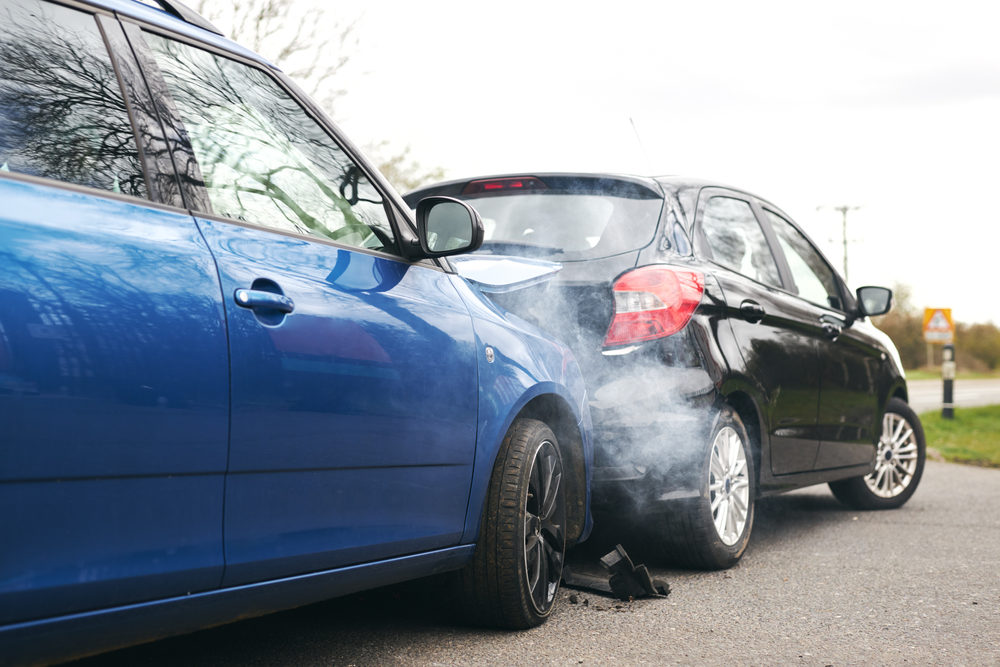
Unlike head-on collisions and T-bone wrecks, rear-end accidents are rarely catastrophic. That doesn’t mean, however, that they can’t still be devastating.
While these kinds of crashes don’t often result in fatalities, serious injuries are likely. Thankfully, those who do end up getting hurt are usually entitled to compensation.
If you’re recovering from injuries sustained in a rear-end collision, here’s what you should know about pursuing such funds:
1. You Must Meet the Serious Injury Threshold to Hold the Liable Party Accountable
When it comes to compensating car accident victims, Minnesota takes a no-fault approach. Injured parties are expected to seek funds from their own carriers under their personal injury protection (PIP) insurance, regardless of whether they actually played a role in the wreck.
If you sustained “serious” injuries, however, you may be able to hold the liable party accountable, assuming the damages exceed your own PIP insurance limits. The state considers injuries serious if they result in at least $4,000 in medical bills, at least 60 days of disability, permanent injury, or permanent disfigurement.
2. There Are a Number of Parties That Could Be Liable
Despite what you may have heard, the motorist who was in the back isn’t automatically at fault for a rear-end collision. In reality, there are several parties that can contribute to these kinds of accidents.
In addition to the motorist who was in the front, potentially liable parties include the government agency that maintains the site where the crash occurred, a vehicle or parts manufacturer, a cargo loading contractor, and an auto mechanic.
In order to identify who’s to blame, your legal team will conduct a thorough investigation. After determining the underlying cause of the collision, they’ll attempt to gather the evidence needed to prove liability so you can pursue the compensation you deserve.
3. You May Be Able to Seek Non-Economic Damages
PIP insurance can cover medical bills, a portion of your lost wages, and the cost of reasonably necessary replacement services. If you meet the state’s serious injury threshold, however, and you end up filing a claim with the liable party’s carrier, you can also pursue compensation for non-economic damages.
In addition to economic damages, Minnesota tort law allows for the recovery of:
• Mental anguish;
• Loss of enjoyment in life; and
• Pain and suffering.
If you happen to be married, your spouse may also have grounds for a loss of consortium claim. Such claims aim to compensate individuals for the loss of love, companionship, solace, affection, and society that they incur as a result of their spouse’s injuries.
Speak with a St. Cloud Car Accident Lawyer
At Bradshaw & Bryant, we’re well-versed in tort law, and we’re determined to use that knowledge to help injured parties recover the funds they deserve. If you were seriously hurt in a rear-end collision through no fault of your own, we’ll gather the evidence needed to take action against all those who played a role. To discuss your situation with a car accident attorney in St. Cloud, fill out our Online Contact Form or call 320-259-5414.

A founding partner with Bradshaw & Bryant, Mike Bryant has always fought to find justice for his clients—knowing that legal troubles, both personal injury and criminal, can be devastating for a family. Voted a Top 40 Personal Injury "Super Lawyer" multiple years, Mr. Bryant has also been voted one of the Top 100 Minnesota "Super Lawyers" four times.










Comments for this article are closed.